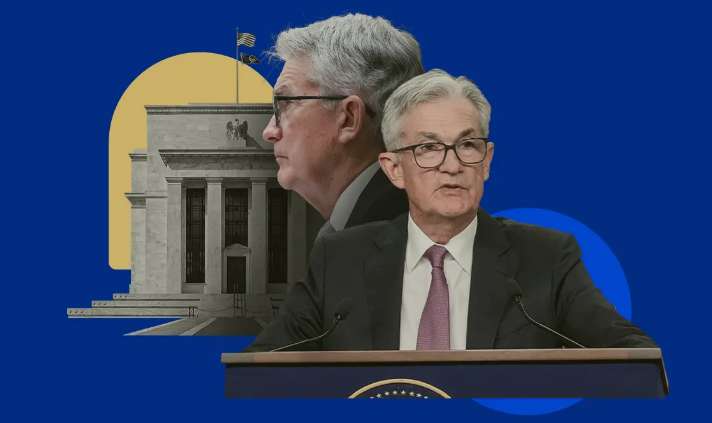With The US-China Trade Truce, The Fed Now May Not Cut Rates Until December?
Following the joint statement issued by China and the U.S. on Monday to ease trade tensions, major Wall Street banks and traders in the interest rate market have significantly scaled back their bets o

Following the joint statement issued by China and the U.S. on Monday to ease trade tensions, major Wall Street banks and traders in the interest rate market have significantly scaled back their bets on the Federal Reserve cutting rates this year. They now anticipate only two rate cuts in 2025, while expectations for the timing of the next rate cut have also been pushed back considerably.
The latest interest rate swap contracts tracking Fed meeting expectations indicate that the Fed may cut rates by only about 55 basis points this year, a notable drop from the 75 basis points priced in last Friday. Traders also expect the first rate cut to occur no earlier than September.
As markets pared back expectations for Fed rate cuts this year, the two-year Treasury yield- particularly sensitive to monetary policy- rose as much as 12 basis points on Monday, breaking back above the 4% threshold.
The rise in yields, coupled with diminished certainty about rate cuts, reflects further weakening of bullish bets in the Treasury market. The latest tariff reductions are seen as supportive of the economy. A sharp rebound in risk assets, including U.S. stocks, at the start of the week also reduced the appeal of Treasuries.
In fact, since the Fed's May policy statement last week and Chair Jerome Powell's call for a wait-and-see approach to assess how tariffs will impact inflation and growth, market expectations for Fed rate cuts have been cooling. Over the past week, the two-year Treasury yield has surged more than 40 basis points from a low of 3.55%, while the five-year yield has climbed from around 3.85% to 4.11%.
Just last month, the interest rate market was fully pricing in four rate cuts for the year- with widespread expectations that the Fed would restart its easing cycle in June amid fears that the trade war could derail the U.S. economy.
Ed Al-Hussainy, a rates strategist at Columbia Threadneedle Investments, noted that the market is in an overbought state, with liquidity now flowing into risk assets. The firm is leaning toward shorting short-term bonds.
The rapid shift in Fed rate expectations also highlights the outsized success of some contrarian bets in the options market. As reported by Cailian Press late last month, there were signs that at least one major options trader had wagered $18 million, betting that the Fed would not cut rates this year. According to the latest data from the CME, open interest for the specific put options tied to this bet has exceeded 275,000 contracts.
Beyond rate market traders, several Wall Street banks also further delayed their expectations for the Fed's rate-cut window on Monday. For example, citigroup economists, after the U.S. announced significant tariff cuts on Chinese goods, pushed back their forecast for the next rate cut from June to July.
Goldman Sachs made an even more dramatic adjustment- delaying its projected timing for the next Fed rate cut from July to December.
Disclaimer: The views in this article are from the original Creator and do not represent the views or position of Hawk Insight. The content of the article is for reference, communication and learning only, and does not constitute investment advice. If it involves copyright issues, please contact us for deletion.